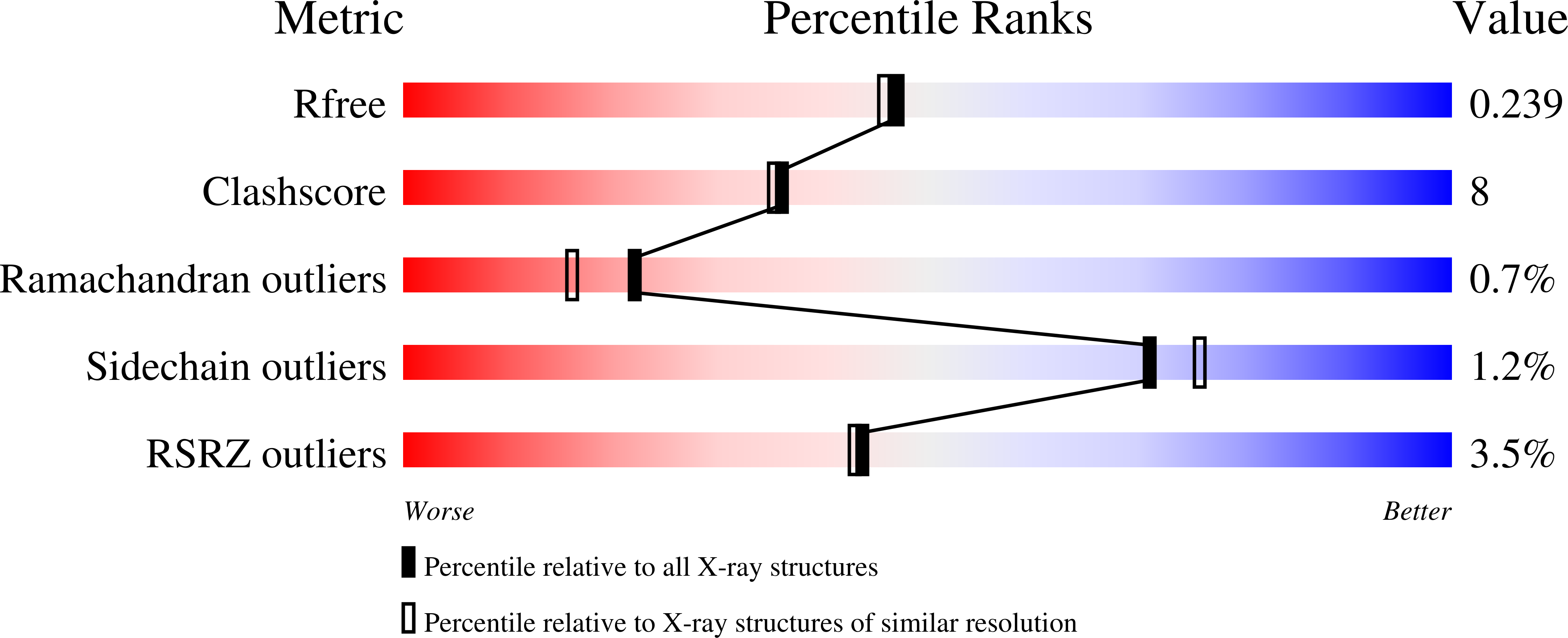
Deposition Date
2008-12-14
Release Date
2009-10-06
Last Version Date
2023-09-06
Entry Detail
PDB ID:
3FJ8
Keywords:
Title:
Crystal structure of C117I mutant of Human acidic fibroblast growth factor
Biological Source:
Source Organism:
Homo sapiens (Taxon ID: 9606)
Host Organism:
Method Details:
Experimental Method:
Resolution:
2.00 Å
R-Value Free:
0.23
R-Value Work:
0.19
R-Value Observed:
0.19
Space Group:
C 2 2 21


